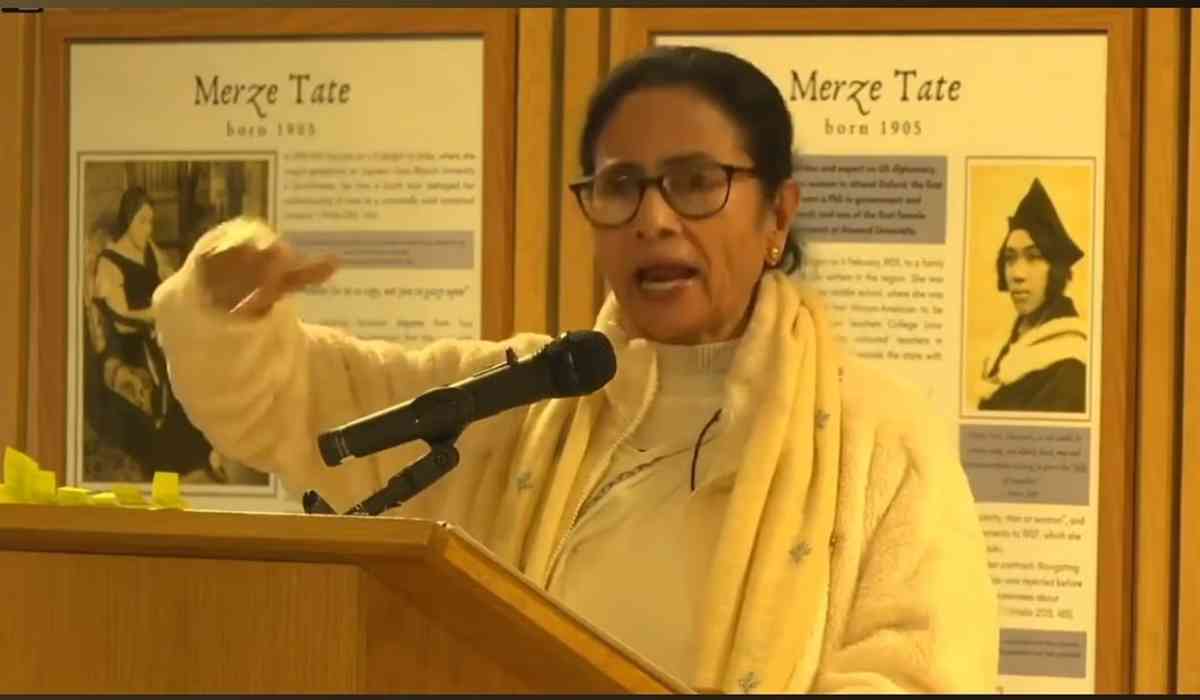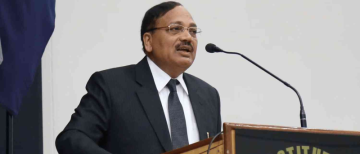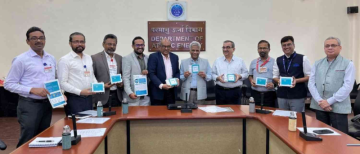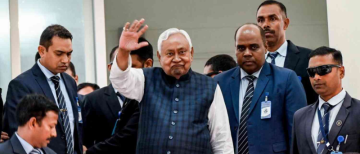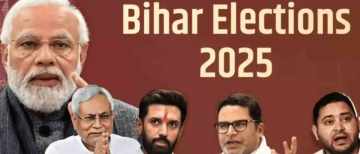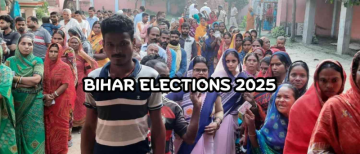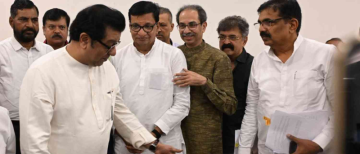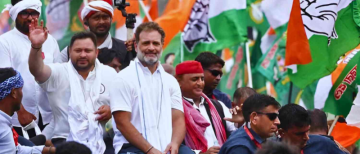West Bengal Chief Minister Mamata Banerjee's speech at Oxford University’s Kellogg College took an unexpected turn when she was confronted with protests and repeated disruptions. Initially planned as an event to showcase Bengal’s development and investment opportunities, the gathering became a heated exchange as members of the audience challenged her government’s record. Banerjee, undeterred by the interruptions, responded assertively, even holding up an old photograph to highlight her resilience.
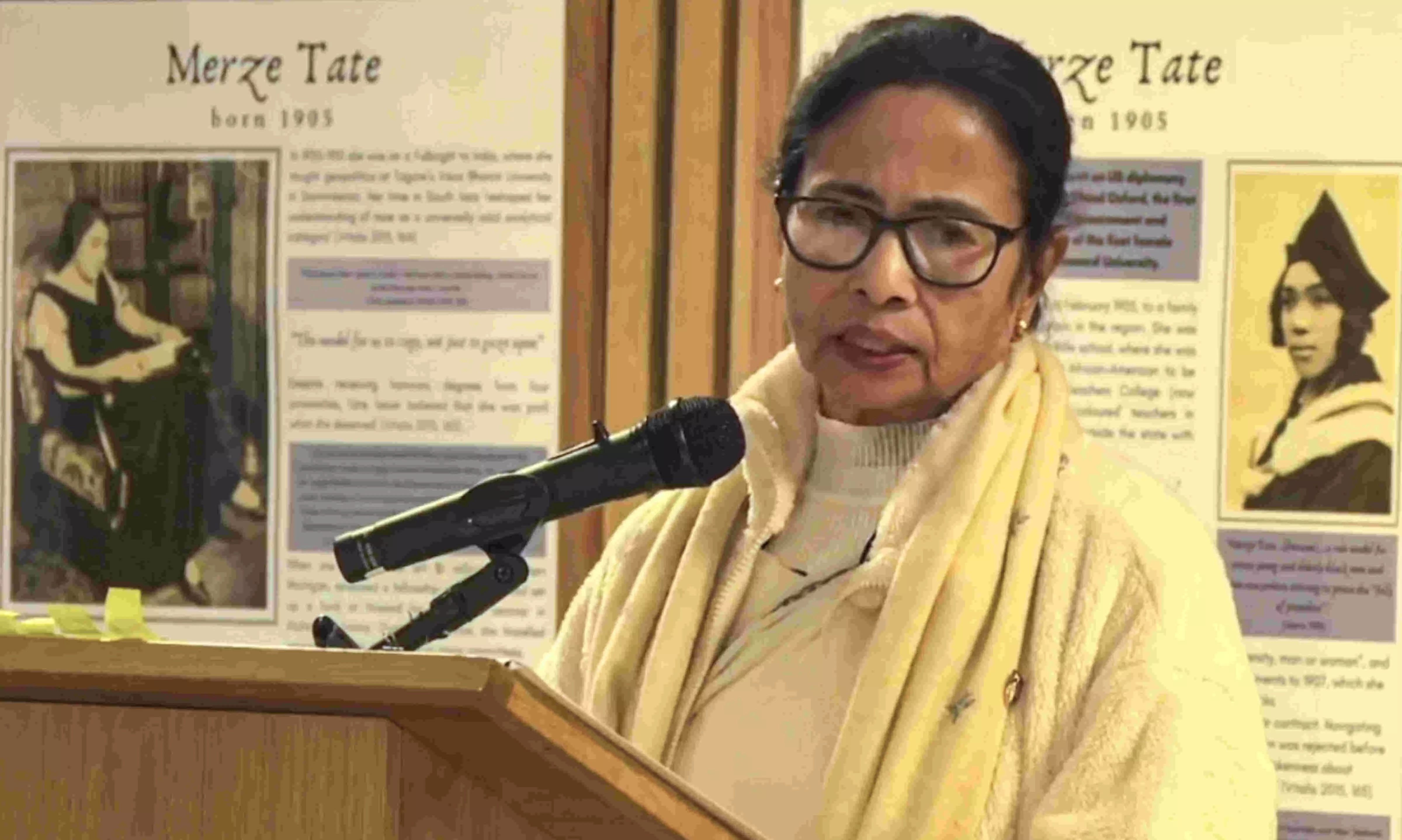
The Disruptions Begin: Challenging Bengal’s Economic Growth Claims
Mamata Banerjee’s speech began with an emphasis on the economic development and investment potential of West Bengal. However, the atmosphere turned tense as she was confronted with questions and disruptions from the audience.
-
Investment Claims Questioned: Banerjee had claimed that West Bengal had attracted investments worth "lakhs of crores." An audience member asked her to provide specific details about these investments, questioning where the funds were actually coming from.
-
Disruptions Intensify: As Banerjee began to respond, more members of the audience interrupted her, arguing that the event was not meant to be a press conference. These interruptions created a charged atmosphere, leading to further confrontations.
While Mamata Banerjee was delivering her lecture in #KelloggCollege Oxford , it got interrupted by questions on #Tata and #RGKAR
What @MamataOfficial said on #RGKAR
You know the matter is sub judice and Centre has taken the case , it’s not with us now .
Don’t do politics… pic.twitter.com/GMHBngrRiJ— Kamalika Sengupta (@KamalikaSengupt) March 27, 2025
Tensions Escalate: Questions on Law and Order and RG Kar Medical College Case
The disruption escalated when Banerjee was questioned about the handling of a highly sensitive issue—the RG Kar Medical College rape and murder case in Kolkata, which had sparked nationwide protests.
-
Accusations of Mishandling the Case: An audience member accused the West Bengal government of mishandling the investigation, which had led to widespread outrage, particularly among the medical community.
-
Banerjee’s Sharp Response: Banerjee swiftly responded, clarifying that the case was sub judice and under the jurisdiction of the central government. She said, “This matter is sub judice; the case is with the central government. Do not bring politics here—this platform is not for politics. You are lying. Do not turn this into a political stage.”
Banerjee’s response reflected her frustration with the political tone of the questions, which she felt undermined the purpose of the event.
Protests were held during Mamata Banerjee's speech at Kellogg College, Oxford this evening, disrupting the event. pic.twitter.com/uovvF08Xo1— Naomi Canton (@naomi2009) March 28, 2025
A Historic Photo: Banerjee’s Retort to Protesters
In an unexpected move, Banerjee held up an old photograph from the early 1990s, showing herself with a bandaged head. She claimed the image was evidence of an assassination attempt against her when she was in the opposition. This image was used by Banerjee to underline her experience with violence and political persecution.
-
The Bandaged Head Photo: The photo, a powerful symbol from her past, showed her with a bandaged head, which Banerjee presented as proof of an assassination attempt against her.
-
Defiance Against the Protesters: As she displayed the image, she said, “Tell your party to increase its strength in our state so they can fight with us.” This was a direct challenge to the protesters, reflecting her belief in her own resilience and political survival.
SFI-UK held a demonstration in Kellogg College, Oxford against Mamata Banerjee's speech. We opposed her blatant lies by asking her for evidence of the social development she claims to pioneer. Instead of allowing us to peacefully express our opinions, the police were called. pic.twitter.com/pj0WRpvZUa— Students' Federation of India - United Kingdom (@sfi_uk) March 27, 2025
The ‘Go Back’ Chants: Communal and Political Allegations
As Banerjee tried to steer the conversation back to her state’s development, the protesters continued their disruptions, and the political undertones became more pronounced.
-
Challenging the Treatment of Hindus in Bengal: A protester raised concerns about the treatment of Hindus in West Bengal, prompting Banerjee to respond, “I am for all, Hindus and Muslims.” However, her response did not quell the unrest in the crowd. Some members of the audience began chanting “Go back,” a clear sign of their discontent with her presence.
-
SFI-UK's Role in the Protest: The protest was reportedly led by members of the Students’ Federation of India (SFI-UK), a left-wing student group. They accused Banerjee’s government of corruption and suppressing democratic rights in the state.
In response to the chants, Banerjee defended her right to speak and emphasized the importance of respecting the institution. She stated, “You should let me speak. You are not insulting me; you are disrespecting your institution.” Banerjee also criticized some of the protesters as “ultra-left and communal,” suggesting that similar disruptions had followed her on her travels, wherever she went.
চিত্ত যেথা ভয়শূন্য, উচ্চ যেথা শির
She doesn’t flinch. She doesn’t falter. The more you heckle, the fiercer she roars. Smt. @MamataOfficial is a Royal Bengal Tiger!#DidiAtOxford pic.twitter.com/uqrck6sjFd— All India Trinamool Congress (@AITCofficial) March 27, 2025
A Political Standoff: The Clash Between Banerjee and Protesters
The protest against Banerjee at Oxford not only highlighted the tension surrounding her leadership but also shed light on the broader political divide in India. While the West Bengal Chief Minister sought to highlight the economic growth of her state, her critics used the opportunity to challenge her on issues related to law and order, social issues, and the treatment of minority groups.
-
Banerjee’s Defiant Leadership: Despite the disruptions, Banerjee’s response demonstrated her unwillingness to back down. By holding up the photograph and making pointed remarks, she reinforced her narrative of resilience in the face of adversity, a theme she frequently invokes when confronted with criticism.
-
Political Polarization: The confrontation at Oxford illustrated the intense political polarization that defines Banerjee’s leadership. While she remains a popular figure in West Bengal, her government has also faced criticism for its handling of various issues, including law and order, minority rights, and governance.
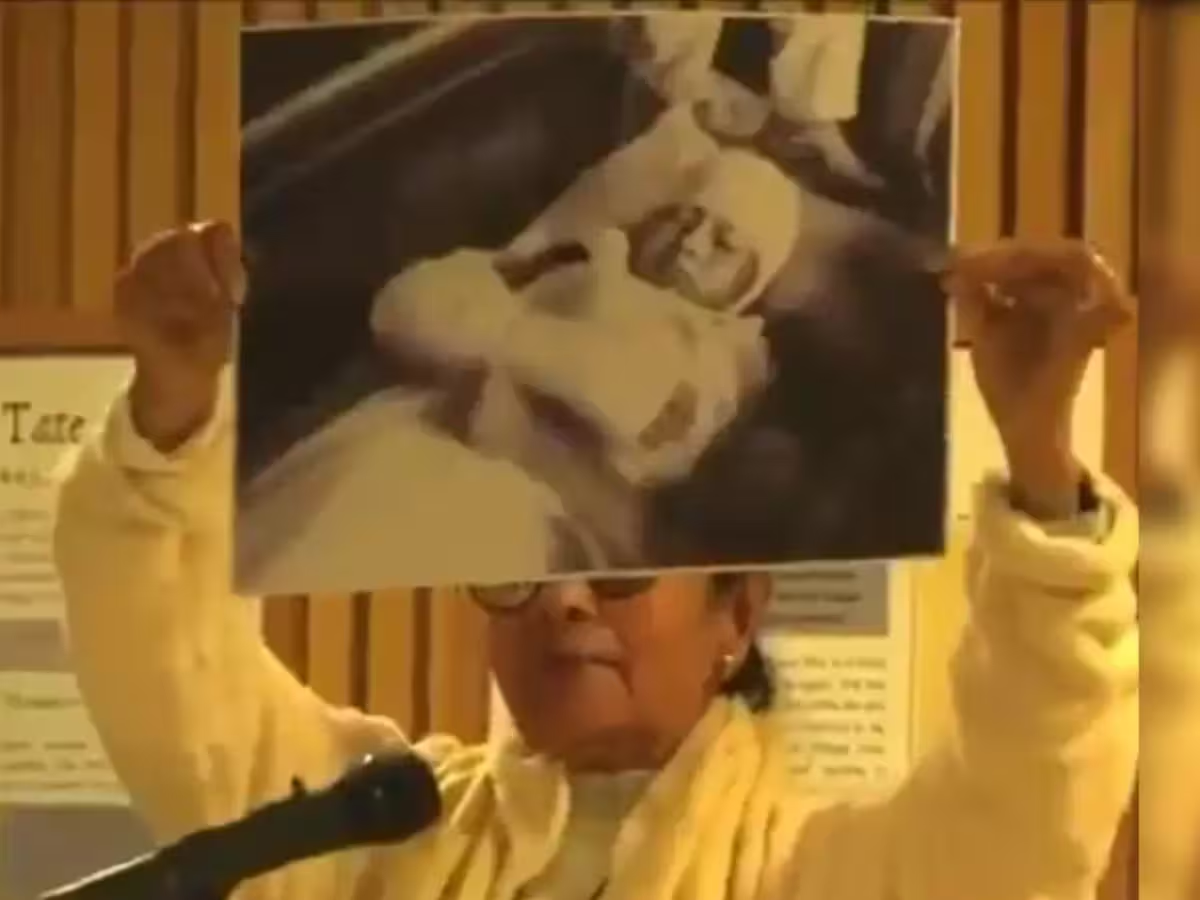
A Test of Political Leadership and International Diplomacy
Mamata Banerjee’s address at Oxford University became more than just an event about investment opportunities in Bengal. It evolved into a test of political leadership and a demonstration of the challenges faced by a prominent Indian leader on the international stage.
The protests, led by a vocal student group, highlighted the deep political divides surrounding Banerjee’s leadership. While the Chief Minister used the disruption to assert her resilience and defend her government’s record, the incident also underscored the ongoing political battles that characterize her tenure as West Bengal’s Chief Minister. The clash between Banerjee and her critics at Oxford serves as a microcosm of the broader struggles she faces in her state, where political opposition remains a constant challenge to her authority.
Ultimately, the Oxford incident is a reminder of the complex dynamics between politics, education, and public diplomacy. Banerjee’s leadership will continue to be tested both within West Bengal and on the international stage as she navigates the challenges posed by her political opponents and the demands of governance.
With inputs from agencies
Image Source: Multiple agencies
© Copyright 2025. All Rights Reserved Powered by Vygr Media.

